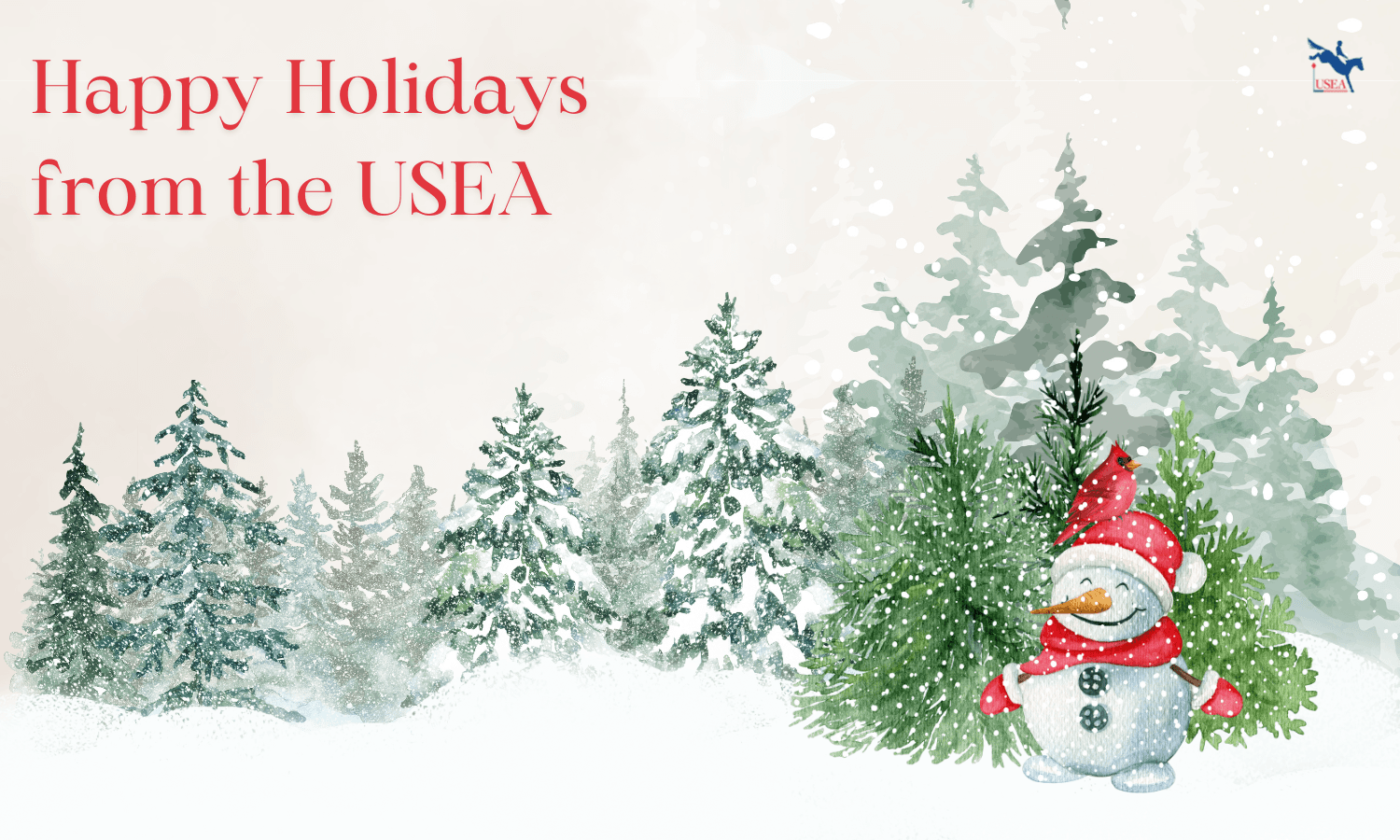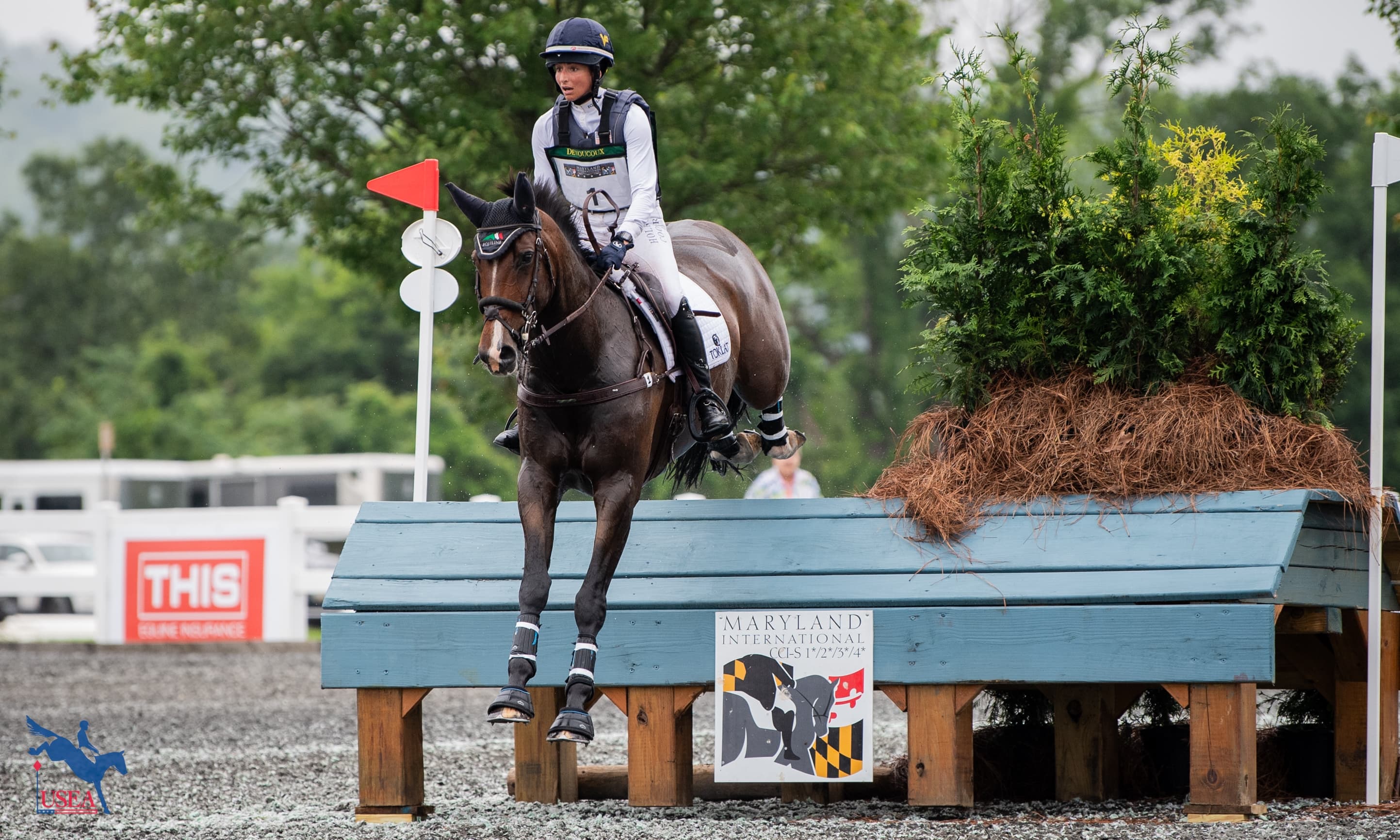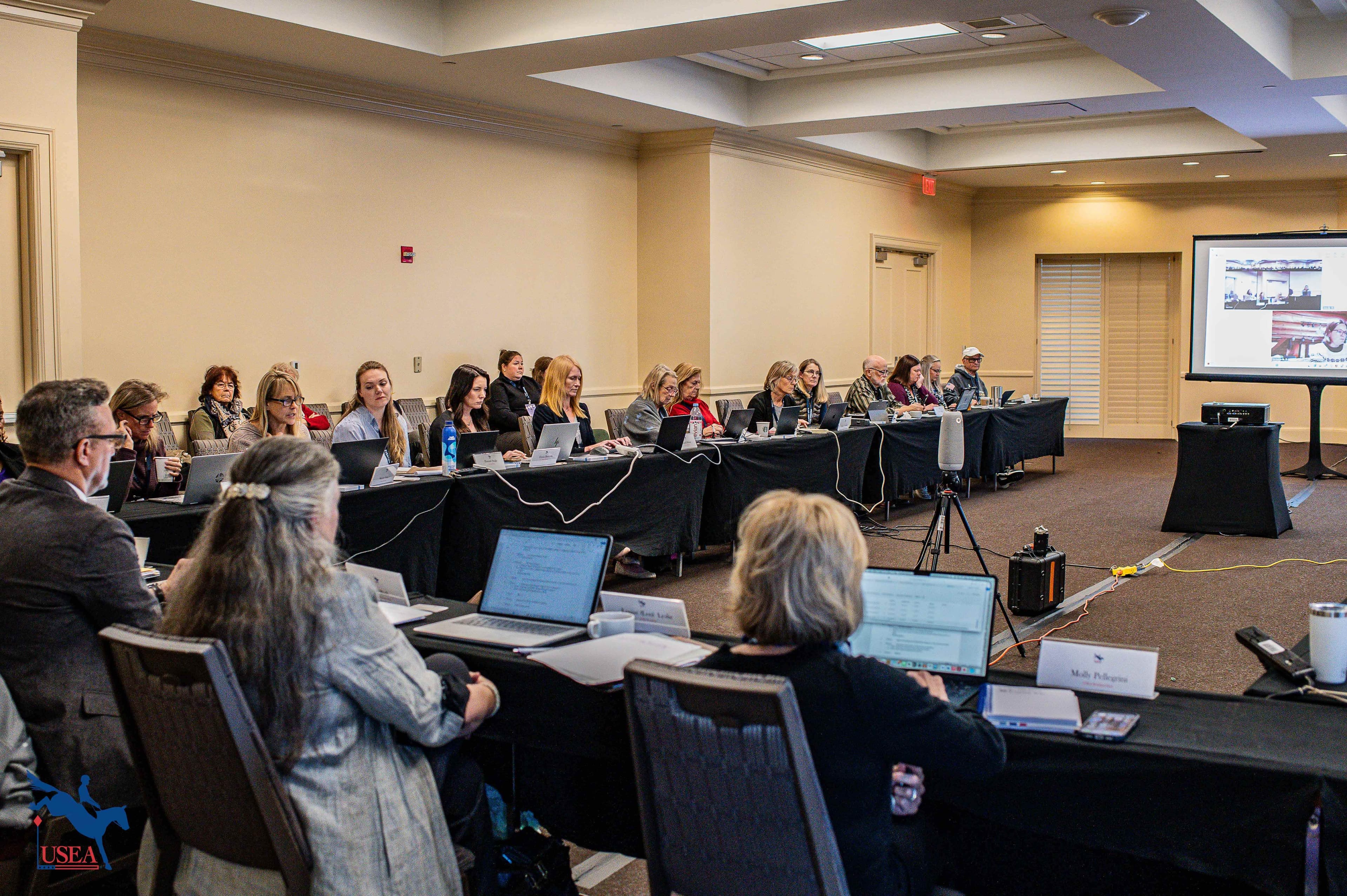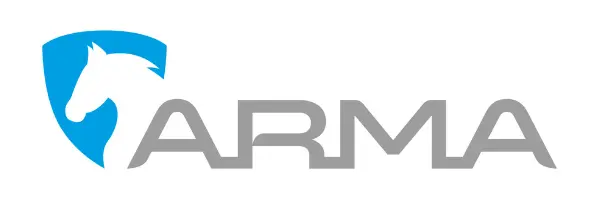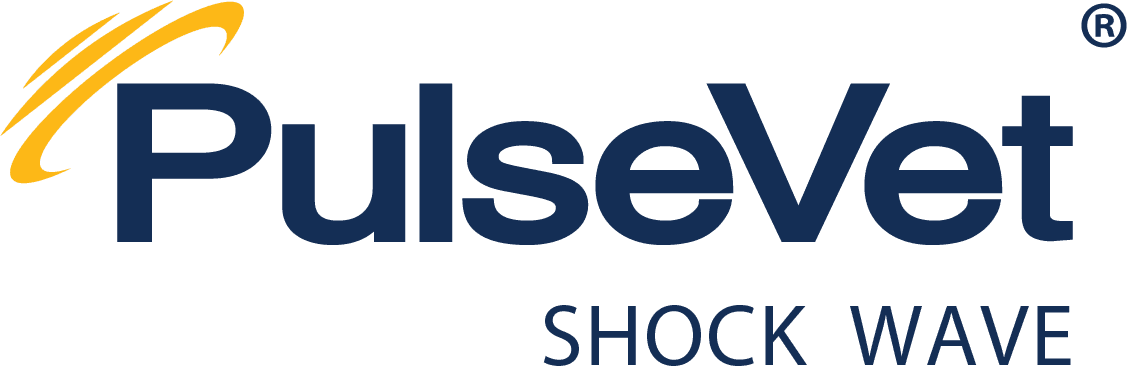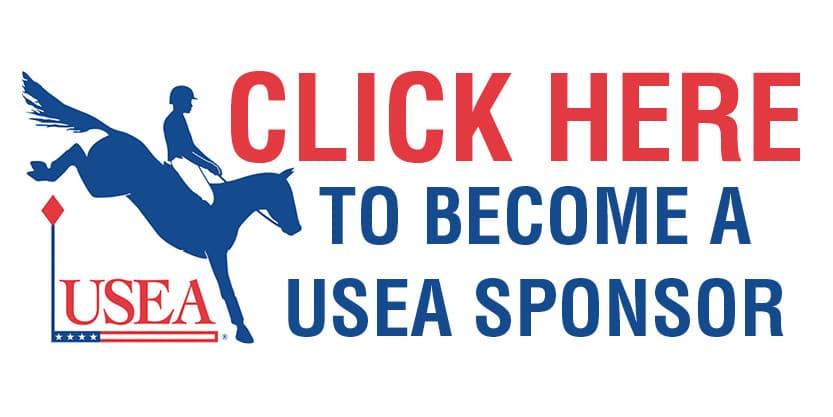Good Footing Management: How Three Events Provide Better Ground for Horses
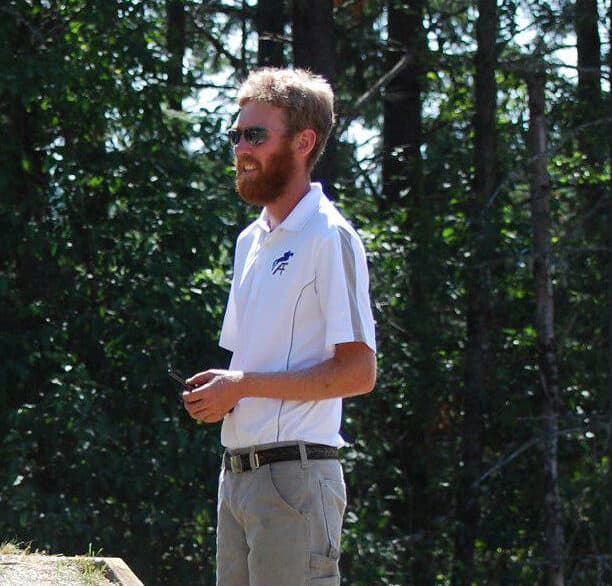
Eventers aren’t shy about speaking up when it comes to their horses’ welfare. As a course builder for the past ten years, I’ve certainly heard about it when the riders weren’t happy with something on cross-country.
The jumps have received more than their fair share of the press as we’ve explored how to make them safer, examining the type of jump, placement of jump, or jump construction techniques such as frangible pin technology.
However, what happens between the jumps deserves every bit as much scrutiny, and good footing on cross-country is often the difference between comfortable horses and lame ones at the end of the day.
Footing that can stand the test of any weather at any time of the year, as hundreds of hooves gallop across it, is by far the most time-consuming project for any cross-country course crew. You need to spend a lot of time, a lot of money, or both to get it. And it’s a full-time, long-term commitment.
There are four basic ways to contribute to good footing on your course: mow, fertilize, water and repair your footing after your event!
Every horse trials will face different footing management challenges, but I’d like to highlight some of the practices at venues that I am familiar with that make a huge impact in creating resilient, forgiving ground.
The management team at The Fork Horse Trials (Norwood, N.C.) is lucky enough to start with a date that suits ground for their area in the southeast. Their horse trials run late enough in the spring that generally it’s not too wet, but early enough that the summer’s heat hasn’t baked the clay into a cement pad.
But consistent management is really the key. They mow their tracks all year long, which promotes root growth. The farm brings in a company to fertilize in the spring before the event to jumpstart grass growth. They have water available for the tracks but generally don’t need to utilize it for the event. And, lest I repeat myself, one of the most important jobs after the event involves the farm staff beginning at the start box and making their way around the course filling in hoof divots with topsoil. This provides a clean slate for the next year.
Aspen Farms in Washington State invested in a finish mower for their cross-country course in 2012. After parking the bush hog, which leaves a ragged tall cut, and using the finish mower, which leaves a shorter cleaner cut, the turf is improving quickly. Owner Jonathan Elliott also spreads manure on the course to give a layer of cushion and add nutrients to the mostly gravel base that covers much of the farm. After the event, the courses are dragged and rolled, and seed is put down where needed.
Unlike The Fork, Aspen Farms runs two events just three months apart, and the cross-country course is home to frequent schooling sessions. The course gets a lot of use in a short amount of time, and it takes a concentrated effort from everyone at the farm to keep the footing, especially the takeoffs and landings, in good shape. It’s a training facility first, and an event second. Every little thing helps, and it’s a balancing act: The mowing, the manure spreading, and even the girls varying where they hack every day helps keep the ground in good shape and ready for the next event.
In 2013, the Surefire Horse Trials boasted the best footing it’s ever had. Footing is an uphill battle in Virginia in June because the clay ground is typically dry and hard. Tom Finnen and Jan Byyny invested a lot of time in the dressage and show jumping areas (both on grass), aerated the ground and spread sand over the entire area. Getting sand into the clay ground helps keep the moisture from the rain in the ground instead of just running off.
They also mowed the arenas, warm-ups and cross-country course with a finish mower once a week for about eight weeks before the event. Tom spends countless hours on the cross-country course repairing footing with his precious compost (don’t take any without asking!), then seeding and fertilizing. He also runs a drag over the takeoffs and landings, although I believe this to be more of an excuse to drive his four-wheeler, but whatever works. This year Mother Nature also gave Surefire a hand, blessing Virginia with a lot of rain.
These are just a few of the events around the country that have been focusing on making their footing better. They put in the time and are committed to making their ground better, not just for their next event, but in the long term for all their events in the years to come.
And competitors, you passionate horse lovers who so vocally speak up for your horses? There’s something you can do too. Thank your organizers and event owners. It’s always appreciated and helps keep everybody motivated to do make the events better for you.
Travers Schick is the owner of Cross Country Hardware Supply which specializes in cross country jump construction, event prep, and timber lok supply. Travers has been constructing cross country fences for over nine years and building Advanced and FEI courses across the country such as The Fork, Jersey Fresh, Rocking Horse, Morven Park, and Aspen Farms just to name a few. Not only does Travers build for sanctioned events, but he also has developed many outstanding private schooling facilities from coast to coast.

